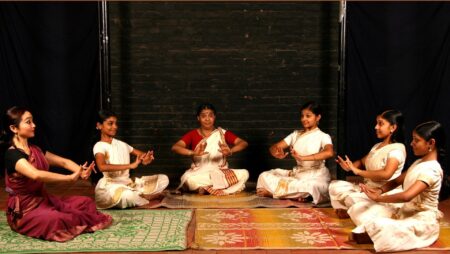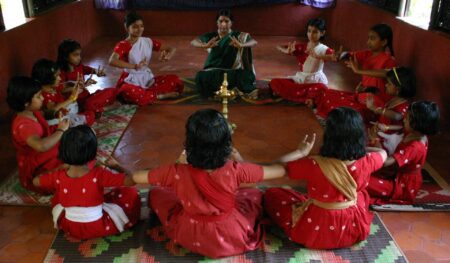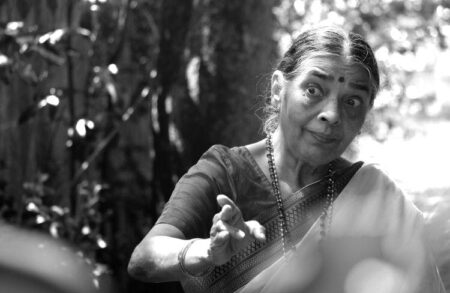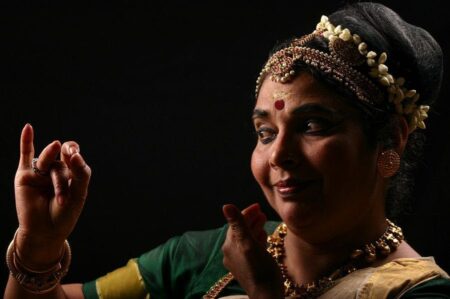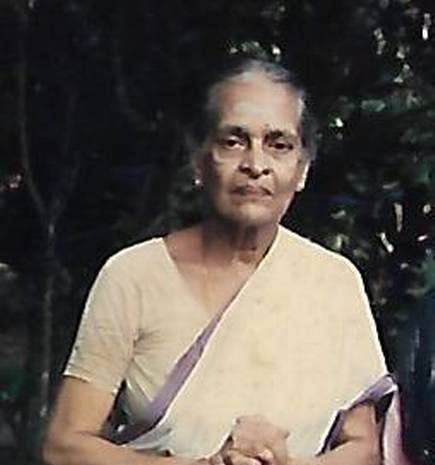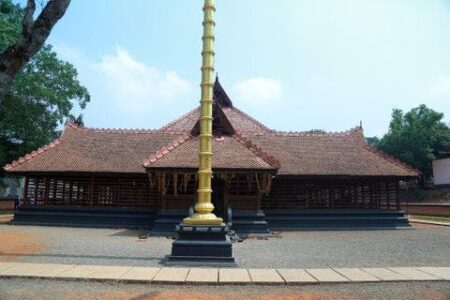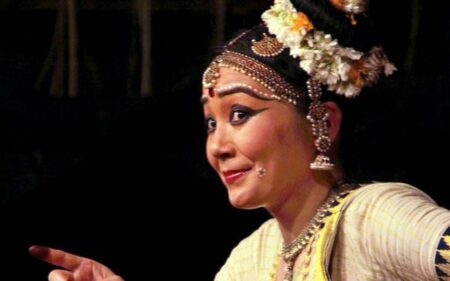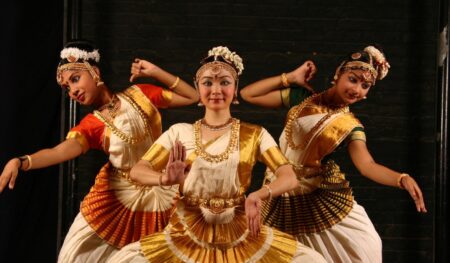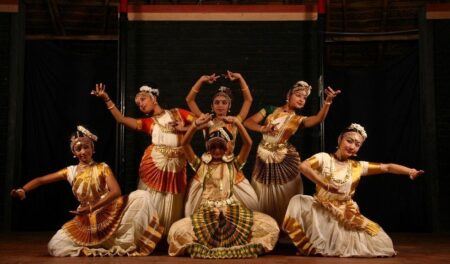A new, systematic teaching method evolved with the introduction of acting and facial expressions in Mohiniyattam.
Author: Nirmala Paniker
Nangiarkoothu would have joined the list of extinct traditional art forms of Kerala if not for the efforts of this curious dancer.
Nirmala Panicker describes the routes she traveled to research Mohiniyattam.
How the pioneering efforts of the dance students at Kalamandalam and across India gave birth to different schools of Mohiniyattam.
Kalyanikuttiyamma and Chinnammuamma, under the guidance of Vallothal Narayana Menon, not only brought life to the almost extinct Mohiniyattam, but they also were pioneers in creating two different dance styles.
It was the loyalty to the king that compelled Thankamani’s parents to enroll her in Kalamandalam.
Vallathol Narayana Menon and Kalamandalam infused new life into the then dying art form of Mohiniyattam.
How the establishment of kalaris and cultural exchange programmes across south India led to Mohiniyattam taking different forms rooted in local ethos.
Swathi Thirunnal not only revived Mohiniyattam, but was also responsible for inculcating Carnatic classical music into the dance form.
Karthika Thirunal Balarama Varma’s Balaramabharatam is a valuable dance treatise based on the practices that were popular in Kerala during his rule.

